A group of students from the University of Forestry researched biological products, then drilled holes in the Aquilaria tree to create agarwood.
With the desire to stimulate agarwood growth to replace manual and chemical methods, a group of students Nguyen Hoang Anh, Nguyen Anh Dung and Nguyen Duc Nam sought to select some strains of natural mushrooms to create biological products.
Since July 2020, under the guidance of Dr. Nguyen Thi Hong Gam, the research team has selected five strains of fungi capable of stimulating agarwood production, including: Penecillum, Aspergillus, Trichoderma, Fusarium solani and Mucor. These are strains of fungi capable of producing cellulase and extracellular pectinase enzymes well in the laboratory. The research team has successfully isolated and created a biological product capable of stimulating agarwood production.
Experimenting at the agarwood garden in Huong Khe district ( Ha Tinh ) for 8 months, the group recorded 100% rate of agarwood holes on trees with agarwood hole size of 2.2 x 36 cm, agarwood wood has a dark black color and a fragrant, sweet, and clean agarwood smell.
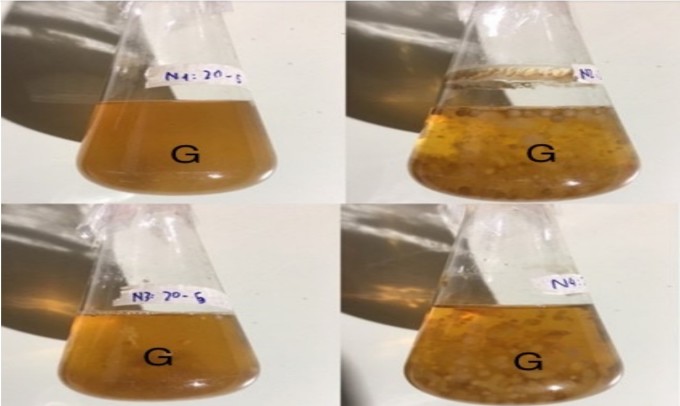
Biological products that help increase agarwood growth are mixed by the team in the laboratory. Photo: NVCC
There are currently many ways to create agarwood, both manually and using chemicals. Nguyen Hoang Anh, the team leader, said that creating natural agarwood using simple manual methods is easy to do but has a low success rate. If using chemicals, it is more effective, it is possible to create a lot of agarwood in a short time, but it causes an excess of toxic chemical components. This type of agarwood is also not popular with users. Therefore, using strains of fungi that can stimulate agarwood creation and implant them directly into the tree trunk is considered to be feasible, with advantages such as a high success rate and no residual toxic chemicals in the product.
According to Hoang Anh, microorganisms are capable of synthesizing many types of enzymes, decomposing the compounds that make up the wood cells of the Aquilaria tree. Therefore, the solid wood cell structure is gradually decomposed from the outside in. The characteristic of the Aquilaria tree is its ability to synthesize compounds in damaged cell areas. "Creating wounds on the Aquilaria tree trunk and transferring biological products to that location will help the tree create agarwood more effectively," Hoang Anh said. The group is ready to transfer the technology of creating biological products to businesses to apply research results to production practices.
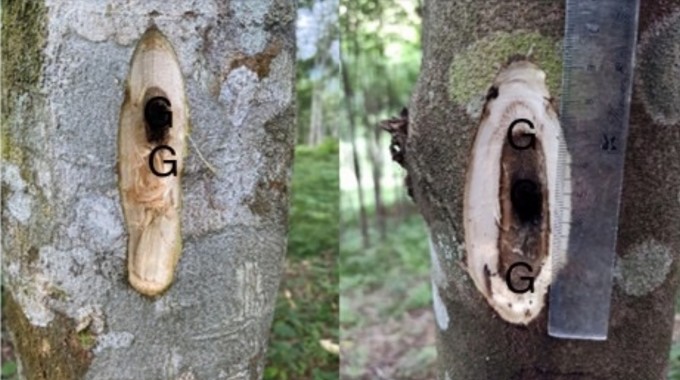
Drilling hole to create agarwood in Ha Tinh from biological products created by the group. Photo: NVCC
Dr. Nguyen Thi Hong Gam, Institute of Forestry Biotechnology (University of Forestry) assessed, "The group's research is quite systematic and can be applied immediately." Naturally available fungal strains, isolated and multiplied, are used to stimulate agarwood production more effectively. However, the disadvantage of the biological method is that it takes a long time to stimulate agarwood production and the amount obtained from the tree is not much.
Currently, agarwood trees are divided into two main types: natural and artificial. Artificial agarwood trees are formed under human influence. Usually, 7-10 year old Aquilaria trees will be selected for carving and grafting. After that, it will take another 5 years for the Aquilaria tree to produce agarwood. Similar to natural agarwood, artificial agarwood must also go through the formation and accumulation processes to create agarwood.
In Vietnam, Aquilaria trees grow naturally scattered in forests from North to South, concentrated in the provinces of Kon Tum, Kien Giang, Quang Nam , Da Nang, Quang Binh, Ha Tinh and Phu Quoc Island. Ha Tinh alone, by 2020, will have about 3 million Aquilaria trees, distributed over 3,000 hectares, with an average density of 1,000 trees per hectare, with more than 9,000 households growing Aquilaria trees.
Ha An
Source link



![[Photo] Cat Ba - Green island paradise](/_next/image?url=https%3A%2F%2Fvphoto.vietnam.vn%2Fthumb%2F1200x675%2Fvietnam%2Fresource%2FIMAGE%2F2025%2F12%2F04%2F1764821844074_ndo_br_1-dcbthienduongxanh638-jpg.webp&w=3840&q=75)




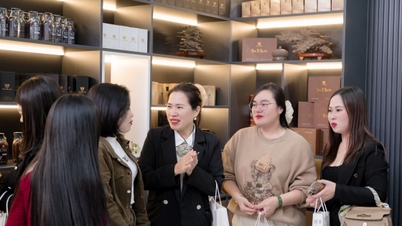

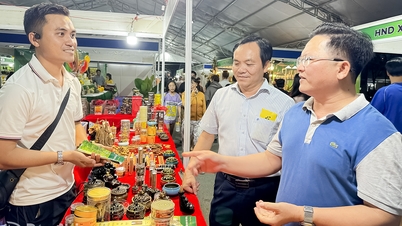

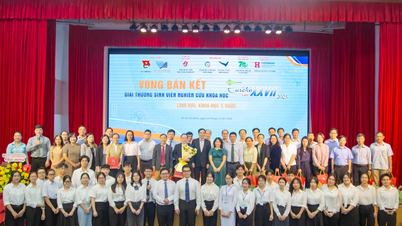

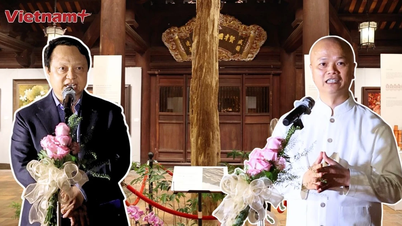




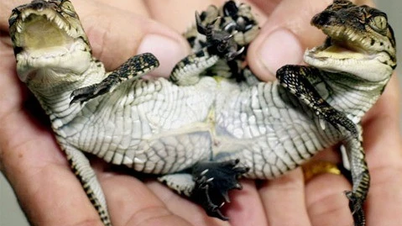

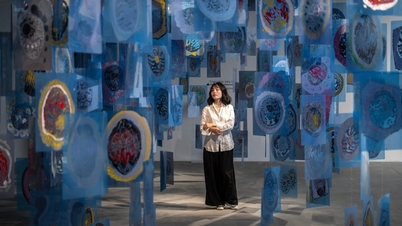

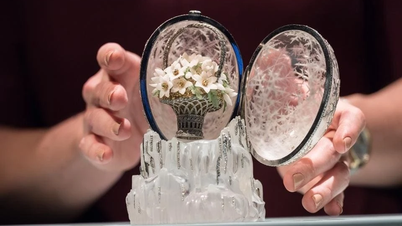

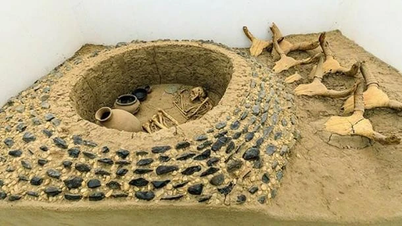












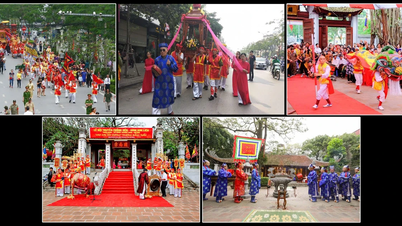


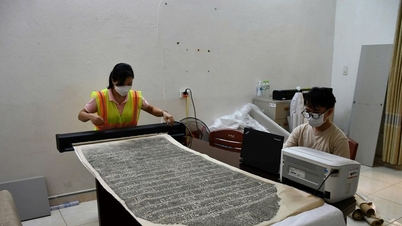

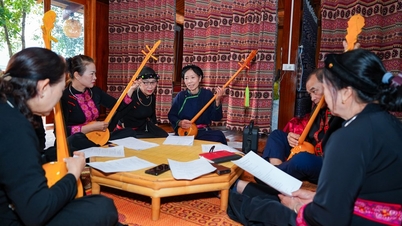



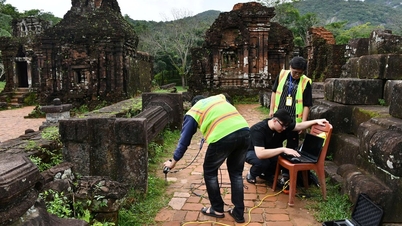







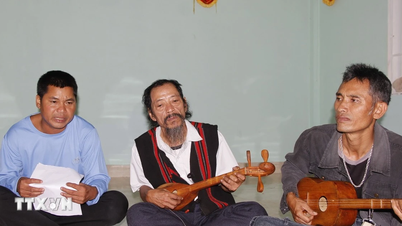








![[VIMC 40 days of lightning speed] Da Nang Port: Unity - Lightning speed - Breakthrough to the finish line](https://vphoto.vietnam.vn/thumb/402x226/vietnam/resource/IMAGE/2025/12/04/1764833540882_cdn_4-12-25.jpeg)
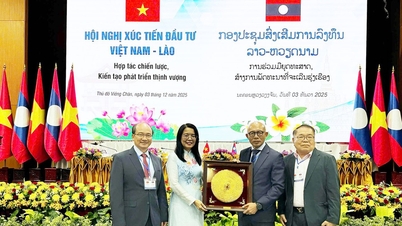














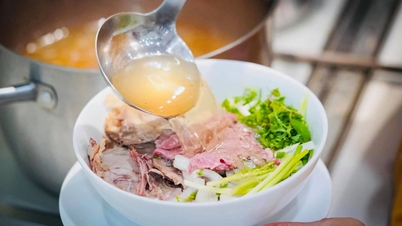













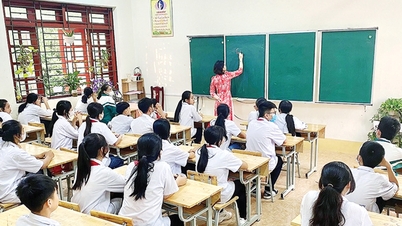

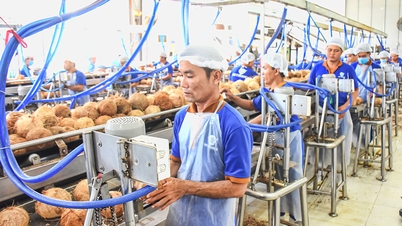















Comment (0)